Jewelry Refurbishing: 10 Ways to Revamp and Resell Vintage Pieces
Written by Anna Currell
March 9, 2023
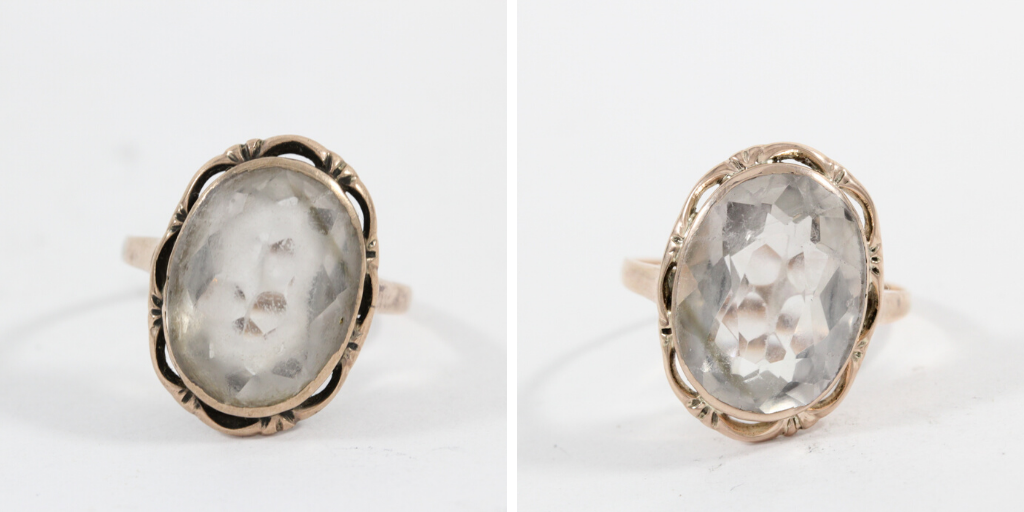
Are you a vintage jewelry lover looking to turn your passion into a profitable venture? Do you love shopping for antique jewelry pieces and bringing them back to life? If so, jewelry refurbishing could be the fun (and potentially profitable) hobby you’re looking for. In this article, we'll look at ten ways to refurbish vintage jewelry to create a final product that people will adore (and that will increase your earnings if you choose to turn this hobby into a side hustle). With these tips, you'll be able to transform pieces that were once forgotten into stunning works of wearable art. Let’s dive in!
#1: Clean the Jewelry
The first step to vintage jewelry refurbishing is to clean each piece thoroughly. Over time, jewelry can accumulate dirt, grime, and tarnish that can affect its appearance. Start by using a soft-bristled brush or a toothbrush to remove any dirt from the jewelry. You can also use a soft cloth to buff the jewelry and remove any tarnish. Be gentle with this step, as some antique jewelry can be brittle and delicate.
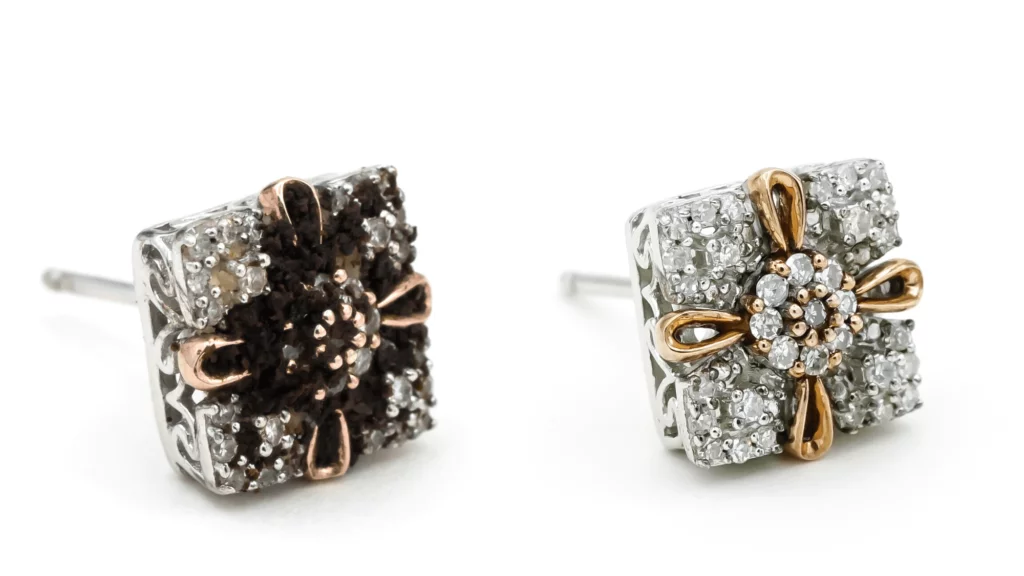
#2: Polish the Jewelry
Polishing the jewelry is an important step in vintage jewelry refurbishing. It can help restore the shine and luster of the piece, making it look as good as new. There are several ways to polish jewelry, including using a dedicated jewelry polishing cloth or compound. Be sure to follow the instructions on the product you're using to avoid damaging the jewelry. If you’re ever uncertain about polishing a material, it’s always best to consult a professional jeweler. They’ll have specialized polishing tools and the expertise to tell when it’s safe to proceed.
#3: Replace Missing Stones
If the vintage jewelry piece you’re refurbishing is missing gemstones, you can easily replace them to restore the piece's original beauty. You can purchase loose replacement stones online, or work with a professional jeweler who can source them for you. Although you can choose any gem you like, be sure to choose a stone that matches the setting and size of the missing stone to ensure a seamless repair.
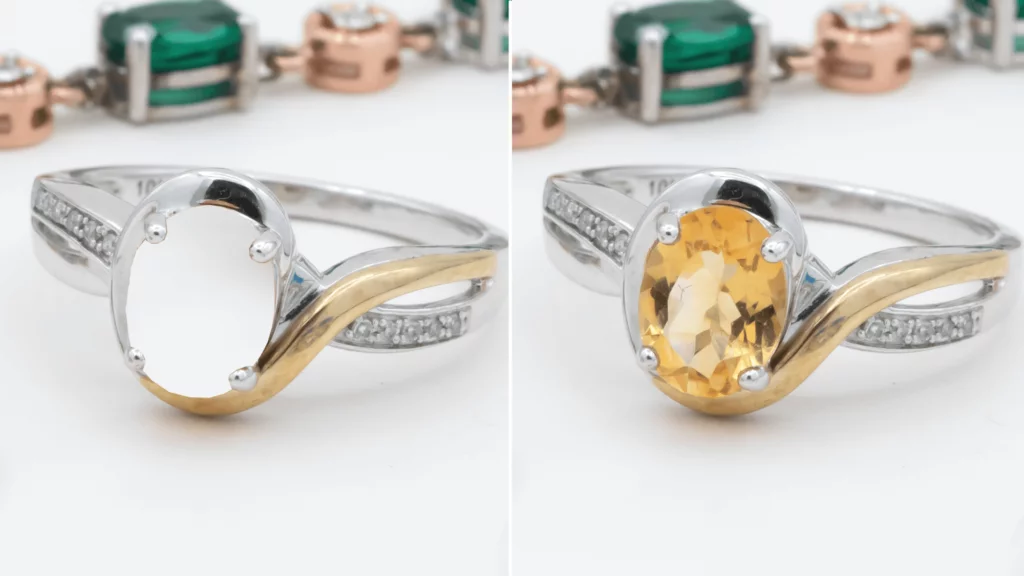
This ring setting receives a new gemstone
#4: Replate the Jewelry
If you’re working with a metal-plated piece that is starting to wear away, you’ll likely want to replate it to restore its original appearance. Replating involves adding a new layer of metal over the existing one. While you could purchase the equipment and learn how to electroplate jewelry at home, we recommend taking this to the pros; they have lots of experience and this can be a tricky process. Speak to your jeweler about the cost of replating a piece based on its size and the thickness of the metal layer they recommend.
#5: Restore Enamel
If your jewelry has enamel that has become chipped or damaged, you can restore it by visiting a jewelry repair specialist. Enameling fuses a colored, powdered glass to the surface of a metal, so it’s a complicated process that you probably shouldn’t attempt at home. A jeweler will have the correct tools and insights to restore the enamel to its original state.
#6: Restring Beads
Check to see if your piece has beads that are loose or falling off — you can restring them to restore the piece's original beauty. Restringing involves removing the old thread and replacing the beads onto a new thread. You can use a bead stringing kit to make the process easier, or work with a jeweler if the materials are delicate. A jeweler can also help you if you prefer a more complicated or intricate method, like knotting.
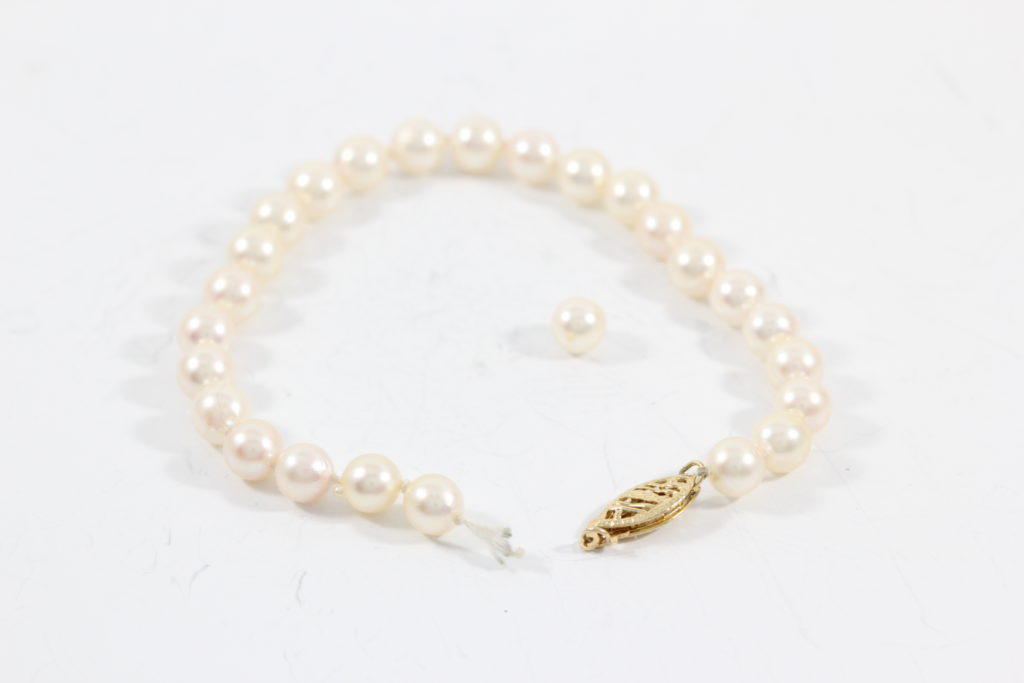
#7: Recondition Leather or Fabric Elements
Some vintage jewelry pieces include elements such as leather or fabric that wear or fade over time. Reconditioning these elements can help to restore the piece's original look and feel. For example, you can use a leather conditioner to soften and restore the color of a leather strap on a vintage watch or bracelet. Read the instructions on any leather conditioner or specialized cleaning product and make sure to apply it carefully starting with a small test area.
#8: Resize the Jewelry
Resizing a vintage jewelry piece can make it more wearable for a wider range of customers. The chances of selling a vintage jewelry piece are higher if the piece is adjustable or close to an average size. For example, if you have a vintage ring that is too small for most people, you can have it resized by a professional jeweler. Alternatively, you can add an extender to a necklace or bracelet to make it more adjustable.
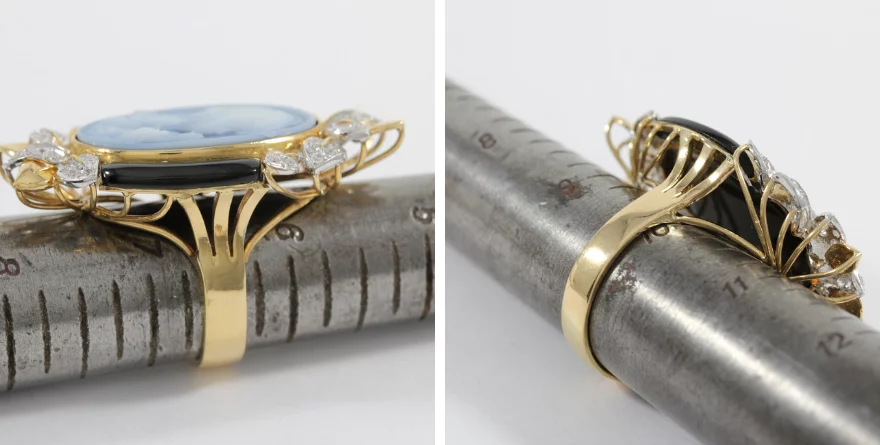
#9: Research the History of the Piece
Sharing the history of a vintage jewelry piece can add to its value and appeal and can help you to market it more effectively; it can build interest and intrigue. You can start by examining any hallmarks, stamps, or other identifying marks on the piece, and then research the era and style of the piece. You may also want to research the designer or manufacturer of the piece to learn more about its origin.
#10: Redesign the Jewelry
Don’t worry if the jewelry is too damaged to be properly restored; consider it an opportunity! You can redesign it to create an entirely new piece of jewelry. This can involve working with a jeweler to take the original piece apart and use its individual components to create a new design. You can also add new elements to the original piece to breathe new life into the design, or repurpose specific features like gemstones by fitting them into new settings for a modern take on a classic piece.
These ten techniques will help you restore the beauty of vintage jewelry pieces and increase their value when it’s time to resell them. With a little time and effort, you can turn old pieces into gorgeous new creations that you (or your jewelry’s new owner) can cherish for years to come. Our expert team at Quick Jewelry Repairs can help you with gemstone replacement, professional cleaning and polishing, resizing, restoring enamel, or anything else you might need to breathe new life into your refurbished vintage pieces.


